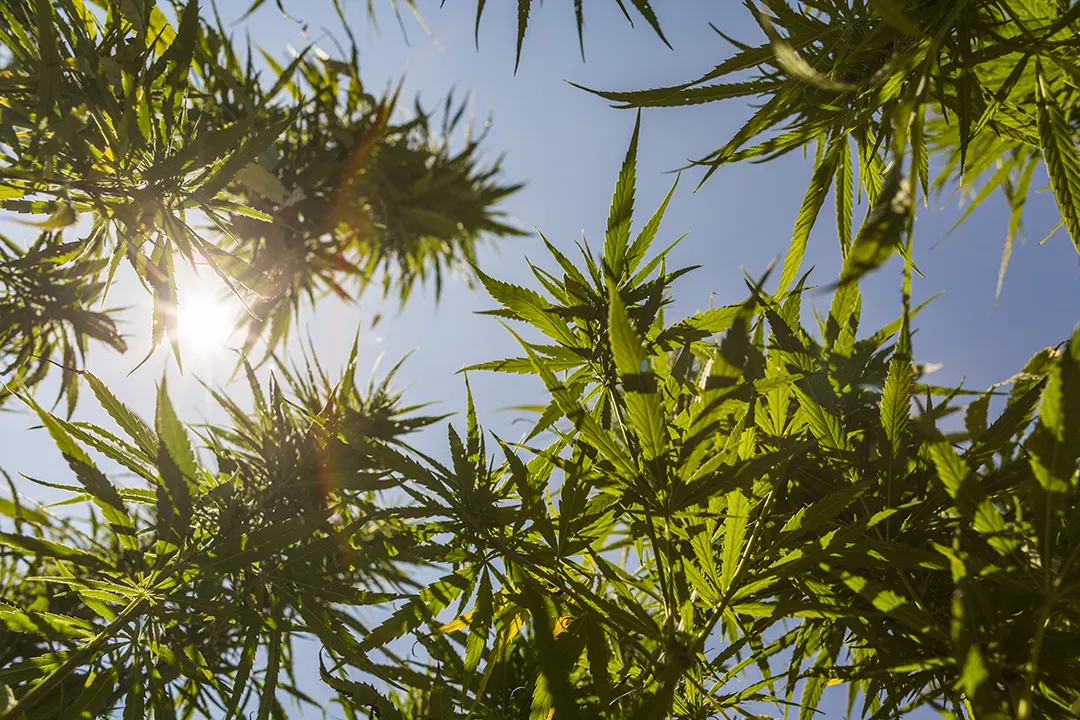When it comes to testing, we know the success of your business relies on defensible data. As an ISO 17025 accredited laboratory, SC Labs follows a strict protocol for Laboratory Quality Control (LQC) which involves six samples per every batch of no more than 20 client samples.
To ensure the integrity of every test, we implement this LQC protocol for both compliance and R&D samples. Any Certificate of Analysis (COA) from our lab has been thoroughly reviewed for anomalies and errors to ensure the integrity of the data.
As of August 2018 there are at least 6 LQC (Laboratory Quality Control) samples that we run with each batch of no more than 20 samples.
#1) Reference Material:
A Reference Material is the same material that we are testing (in this case cannabis flower or product) that has a known concentration of the chemicals we are trying to manage or our “analytes.” We prepare and analyze this material just as we would a real sample and compare our results each time to the expected value. The results must fall within control limits established by the laboratory and regulation.
#2) Matrix Spike To create a Matrix Spike, we spike the same or similar material as our sample material (referred to as the “matrix”) with known amounts of the chemicals we are intending to measure, or our “analytes” of interest. It is analyzed to determine if the test method is working, especially with regard to matrix interference, within control limits established by the laboratory and any regulatory bodies. This type of control sample is put through the entire preparation and instrumental analysis procedure.
#3 Matrix Spike Duplicate:
We also prepare a duplicate Matrix Spike, called the Matrix Spike Duplicate. The test results of the spiked analytes are evaluated to determine accuracy in a given matrix and comparison of the Matrix Spike and Matrix Spike Duplicate help us monitor the precision of our measurements in the given matrix.
#3) Continuing Calibration Verification (CCV):
To create a CCV we dilute a known concentration of Certified Reference Material (CRM) in solvent prepared in the same manner as we would our calibration standards. This is sometimes referred to as a “check standard.” This is used to determine if the sample analysis is within the laboratory’s control limits.
#4) Method Blank:
Is the sample material (referred to as the “matrix”) but free of any of the chemicals, or analytes that the analysis is intended to measure. The Method Blank is carried through the complete preparation and analytical procedure. There should be no response from the instrument for these samples. This ensures that there was no contamination of the samples during prep or during the instrument run.
#5) Laboratory Replicate Sample:
At least one sample from each batch is selected, at random, to become the Laboratory Replicate Sample (LRS). This sample is carried through the complete preparation and analysis procedure. The test results from the LRS must meet the laboratory’s requirements for agreement with the original sample. This measures the continued precision of our analytical procedure.

